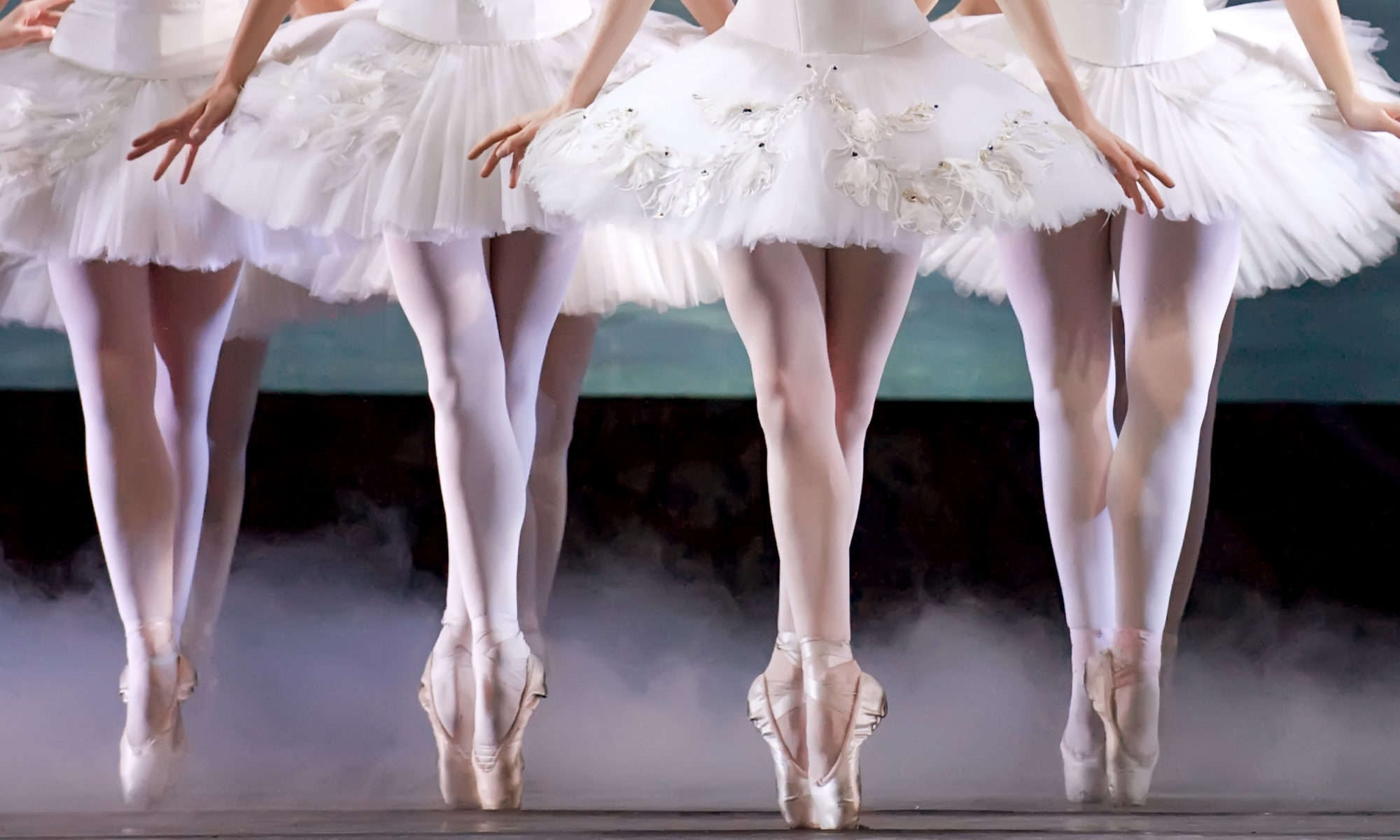The professional life of a dancer is relatively short. You spend about ten years training, and then hope to dance into your 30’s (and if you’re lucky, until you reach 40). There are many dance career alternatives. However, what if for some reason you want to venture away from dance and go into something completely new? How do you know what you’d be good at, how you’d learn something new, and how to get your foot in the door?
I found this thorough list when searching for careers that would be good for “creative types”. Another article on that site gives some great advice for planning a career path. I agree that you should be careful not to become intimidated or overwhelmed by what your new endeavor will entail, and then never even take the first step forward in your new pursuit. Once you start finding out more information, getting whatever training you may need, and eventually looking for jobs in that field, you might be surprised at how quickly the momentum picks up. I can give a recommendation that I now wish someone had given me when I was studying ballet at the university, and that is to minor in something else. If I’d minored in business, it would have made it infinitely easier to start and run my dancewear store, or to run a ballet school.
I’ll tell you a little about my personal story, because I changed career paths a couple of times for different reasons. My intention during all my years of training in dance was to dance professionally and teach ballet. Since I hoped to teach at the university level, my education included getting a Master of Fine Arts degree in dance. During this time, as well as after, I was able to dance professionally, but unexpected life events came into play as well as injuries I’d never anticipated that caused me to cut my professional career short. I found love, married, and discovered my Achilles tendinitis was so severe that I could no longer dance en pointe without excruciating pain – all in the space of about two years. And then I became pregnant with my first child and that changed my priorities around completely.
While I was dancing in Lexington, Kentucky I visited the local dancewear store several times. I found that they were not very willing to get me what I needed (something as simple as canvas ballet shoes) if it wasn’t something they currently carried. Their store was very small and the leotards were Lycra with vivid colors and strange designs. It was difficult to find things for a ballet dancer there. This is where my first career change began to take shape. It all started with this thought, “I wish there were another store in this town”. If I were to have a store, I imagined, I’d staff it with dancers to add credibility and to give expert advice on fittings to customers. I’d carry several brands of pointe shoes and offer leather and canvas ballet shoes, as well as leotards in more subdued colors and with more traditional styles (such as cotton or supplex camisoles, tanks, three quarter, or long sleeves).
From this one thought came the realization of my own dancewear store in Lexington! I knew little about running a business, but took it one step at a time until one day we turned the sign to ‘Open’ and began to sell items that were quite different from the other store. There was a market for both (they catered to cheerleaders, gymnasts, and the like, and we catered to the serious student and professional), so we quickly became well known and successful. After nearly ten years in business, we sold the store to move to North Carolina. Dance Essentials, Inc. in Lexington has now closed completely, but I’d learned so much about business software (QuickBooks, etc.) and about using Microsoft Office applications like Excel.
Once we arrived in North Carolina, my husband still hadn’t found a job and it was imperative that I submit applications immediately. As Charlotte is a huge financial center, I landed an entry level position at the headquarters of a large bank. Fast forward twelve years and I am an Information Technology professional, honing my skills in software development and support, and turning my attention to the business analysis side of things. Who’d have thunk it possible? Definitely not me.
Life throws curveballs and it’s up to us to make opportunities out of them. One thought can change your life. If it’s appealing to you and learning about the career is stimulating, then keep on trucking. Get yourself on LinkedIn and start networking with like-minded individuals and those who may be able to connect you to your next thought. Good luck!

